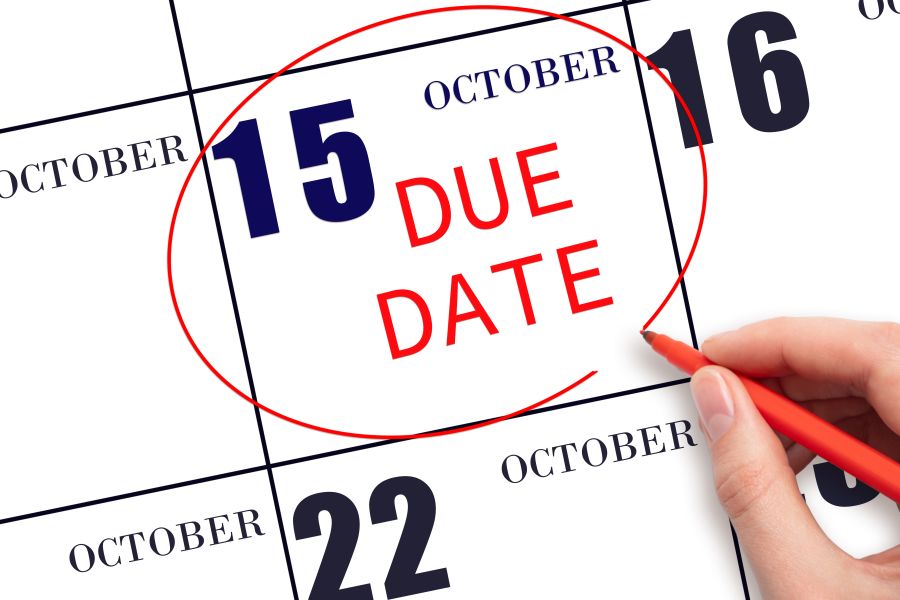May 15 Tax Deadline Extended to October 16 for California Disaster Area Taxpayers

As reported in IR-2023-33 on 2/24/2023
Disaster-area taxpayers in most of California now have until October 16, 2023, to file various federal individual and business tax returns and make tax payments, the Internal Revenue Service announced last Friday. Previously, the deadline had been postponed to May 15, 2023 for these areas.
The IRS is offering relief to any area designated by the Federal Emergency Management Agency (FEMA) in on the page entitled California Severe Winter Storms, Flooding, Landslides, and Mudslides. There are four different eligible FEMA declarations, and the start dates and other details vary for each of these disasters. The current list of eligible localities and other details for each disaster are always available on the Tax Relief in Disaster Situations page on IRS.gov.
The additional relief postpones until October 16, various tax filing and payment deadlines, including those for most calendar-year 2022 individual and business returns. This includes: Individual income tax returns, originally due on April 18; Various business returns, normally due on March 15 and April 18; and returns of tax-exempt organizations, normally due on May 15.
Among other things, this means that eligible taxpayers will also have until October 16 to make 2022 contributions to their IRAs and health savings accounts.
In addition, farmers who choose to forgo making estimated tax payments and normally file their returns by March 1 will now have until Oct. 16, 2023, to file their 2022 return and pay any tax due.
The October 16 deadline also applies to the estimated tax payment for the fourth quarter of 2022, originally due on January 17, 2023. This means that taxpayers can skip making this payment and instead include it with the 2022 return they file, on or before October 16.
The October 16 deadline also applies to 2023 estimated tax payments, normally due on April 18, June 15 and September 15. It also applies to the quarterly payroll and excise tax returns normally due on January 31, April 30 and July 31.
The Disaster Assistance and Emergency Relief for Individuals and Businesses page has details on other returns, payments and tax-related actions qualifying for the additional time. Taxpayers in the affected areas do not need to file any extension paperwork, and they do not need to call the IRS to qualify for the extended time.
The IRS automatically provides filing and penalty relief to any taxpayer with an IRS address of record located in the disaster area. Therefore, taxpayers do not need to contact the agency to get this relief. However, if an affected taxpayer receives a late filing or late payment penalty notice from the IRS that has an original or extended filing, payment or deposit due date falling within the postponement period, the taxpayer should call the number on the notice to have the penalty abated.
In addition, the IRS will work with any taxpayer who lives outside the disaster area but whose records necessary to meet a deadline occurring during the postponement period are located in the affected area. Taxpayers qualifying for relief who live outside the disaster area need to contact the IRS at (866) 562-5227. This also includes workers assisting the relief activities who are affiliated with a recognized government or philanthropic organization.
Individuals and businesses in a federally declared disaster area who suffered uninsured or unreimbursed disaster-related losses can choose to claim them on either the return for the year the loss occurred or the return for the prior year. See Publication 547, Casualties, Disasters, and Thefts for details.
The tax relief is part of a coordinated federal response to the damage caused by these storms and is based on local damage assessments by FEMA. For information on disaster recovery, visit DisasterAssistance.gov.
(This is Blog Post #1357)


